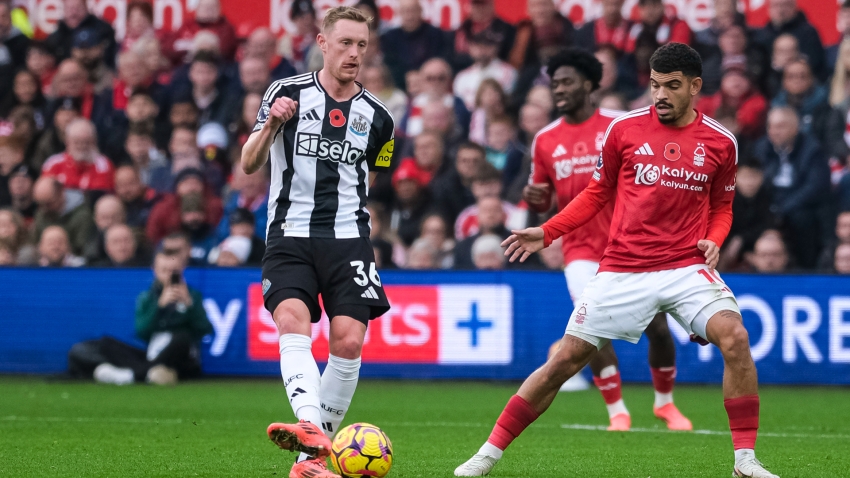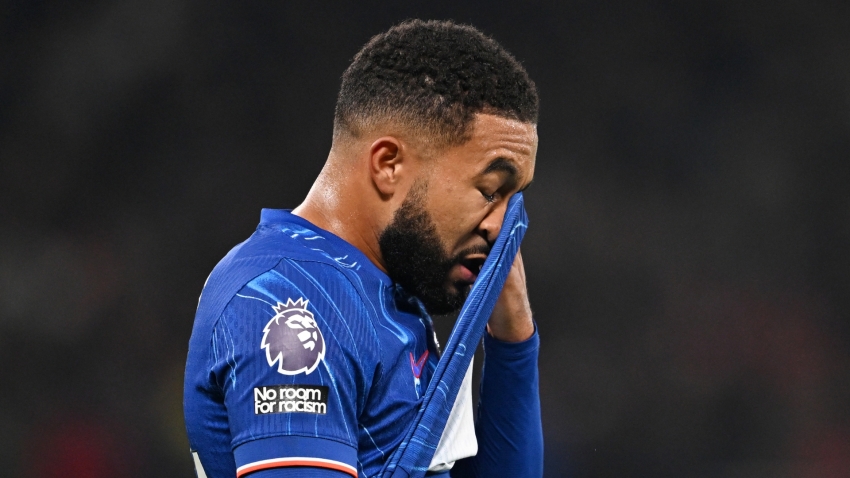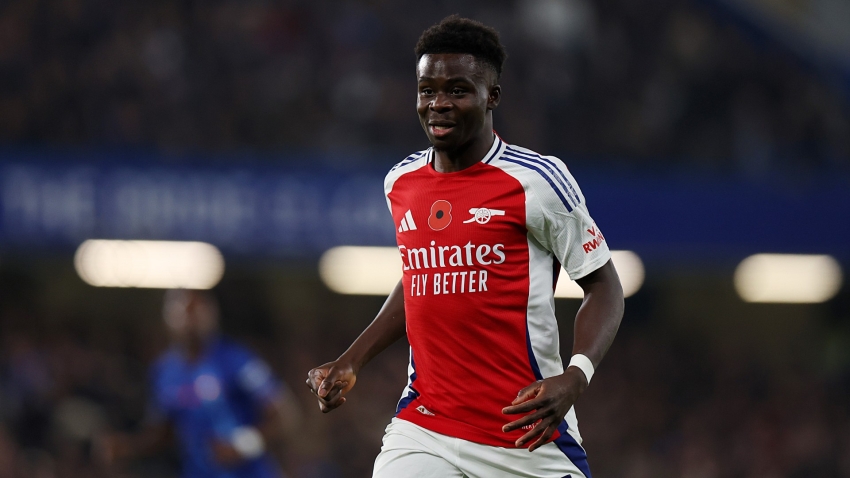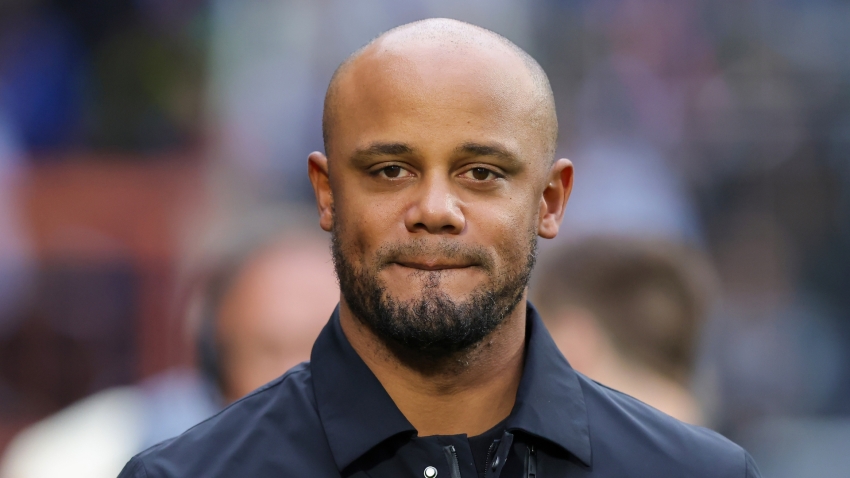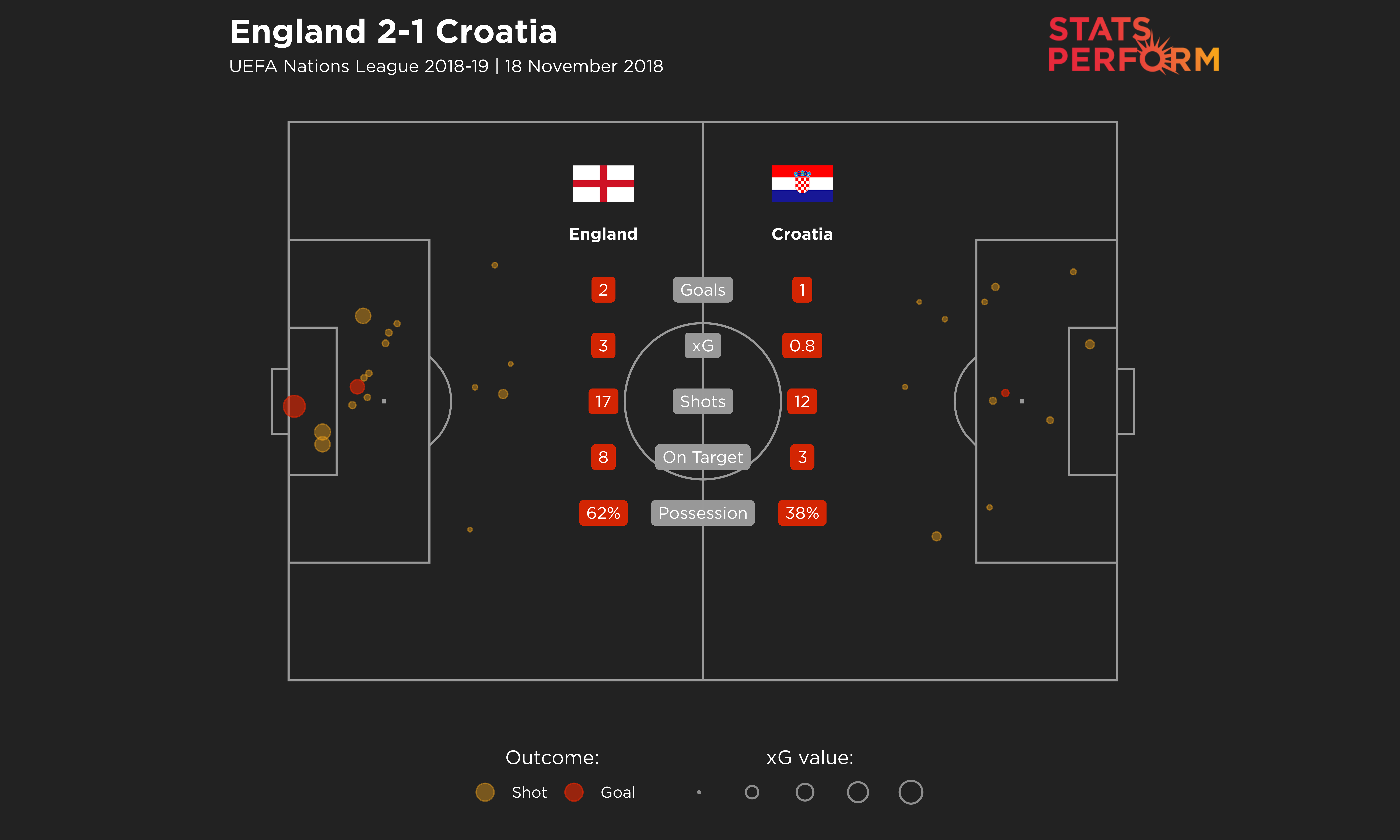
Gareth Southgate brought up 50 matches as England manager in Thursday's 5-0 World Cup qualifying defeat of San Marino.
The former Three Lions centre-back was appointed as England boss in September 2016, initially on a temporary basis before taking the reins full-time in November of that year.
Since then, England have breezed to 2018 World Cup qualification and reached the semi-finals, advanced to the last four again at the inaugural Nations League and then secured their place at the delayed Euro 2020 finals.
Southgate has been credited with restoring his country to the role of serious contenders on the international stage, but he still has not settled on a particular formula.
As well as handing out 43 debuts – the fourth most among all England managers – Southgate has repeatedly shifted between different systems.
His Russia 2018 team lined up in a 3-5-2 formation and relied heavily on set-pieces as a route to goal, before a switch to a 4-3-3 – equally comfortable in possession or on the counter – inspired their Nations League run.
The failure to advance at the Nations League Finals seemed to contribute to Southgate's next move, back to a three-man defence in a 3-4-3 to try to combat elite opponents when the next tournament came around.
But now, just three months out from the Euros, England have landed back at a 4-3-3.
Will this line-up last? Our study, with the help of Opta data, suggests it might be the best route forward...
GOALS, GOALS AND MORE GOALS!
The San Marino game saw Southgate select a back four for the 24th time in his 50 matches, of which England have won 17 and lost just two.
It might appear easy to bring up such a strong record after the Three Lions have beaten the side rooted to the bottom of the FIFA rankings, but this set-up has also inspired victories against some of the world's best.
In the group section of the Nations League, when England arguably played the best football of Southgate's reign, both Spain and Croatia were beaten.
Southgate's side certainly appear more fluent in attack when not deploying an extra centre-back, scoring 65 times (2.7 per game) versus 40 (1.5 per game) in the 26 outings with a three-man defence.
England have more shots (14.1 versus 13.4), shots on target (6.6 versus 4.6) and touches in the opposition box (28.3 versus 26.0) with a back four.
Indeed, at the 2018 World Cup, when they played a 3-5-2 formation in every match, England found most of their joy through the dead-ball deliveries of wing-backs Kieran Trippier and Ashley Young.
The Three Lions had the fourth most shots at the tournament (94) but created by far the most chances from set plays (21 – Spain were next on 13).
Trippier was England's leading creator with 24 key passes, of which 15 came from set-plays. Neymar was second in the latter category with 10 chances created.
It was a fairly one-dimensional approach and one Southgate quickly moved away from.
Trippier alone created more chances from set-plays in Russia than England – playing a 4-3-3 – did as a team in Euro 2020 qualifying (11), despite trailing only Belgium (40) in terms of goals (37).
NOT AS SOLID AS SUGGESTED
So if England are much more fluent with a four-man defence, why has Southgate so often been tempted back to the three-man line-up?
The idea, seemingly, is to make the Three Lions more difficult to beat.
This is understandable when reflecting on the early stages of Southgate's tenure – England conceded just one goal across four games against Germany, Brazil, the Netherlands and Italy in 2017-18 – but it does not bear out over time.
As well as losing eight of their 26 matches with a back three, England have conceded 20 goals – or 0.8 per game. That falls marginally to 0.7 per game with a back four, even while scoring more at the other end.
Southgate's men face more shots (10.0 versus 9.4), the same number of shots on target (3.1) and have less possession (54.8 versus 61.2) with the three-man set-up.
ACCOMMODATING ATTACKING TALENT
Of course, Southgate's team selection is not just about the data but also the personnel.
Do England have the players to stick with the statistically superior back four? It would certainly seem so.
While there are doubts at centre-back, opting for three instead of two does not seem a sensible fix, while it also then means leaving out an exciting attacking star.
With the exception of the overload at right-back, where Kyle Walker could be shifted inside in a back three, the four-man defence goes a long way to easing Southgate's selection issues, particularly further up the pitch.
Marcus Rashford has 38 caps under Southgate, the most of any England player, and captain Harry Kane (34) and fellow wide forward Raheem Sterling (32) are not far behind.
Jadon Sancho (18), Mason Mount (14), Jack Grealish (five) and Phil Foden (four) will all be in contention for places this year, too.
Southgate has a job on his hands getting the right blend in his XI without worrying about including additional defenders – especially when the data suggests that approach is not working.










